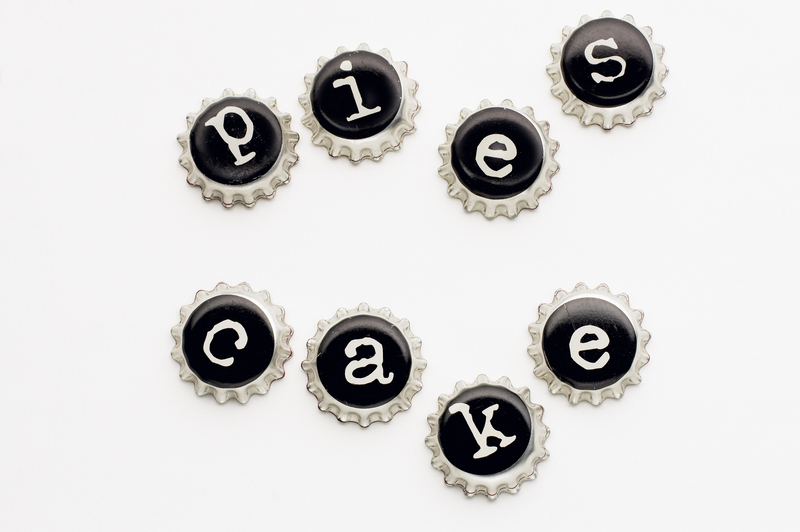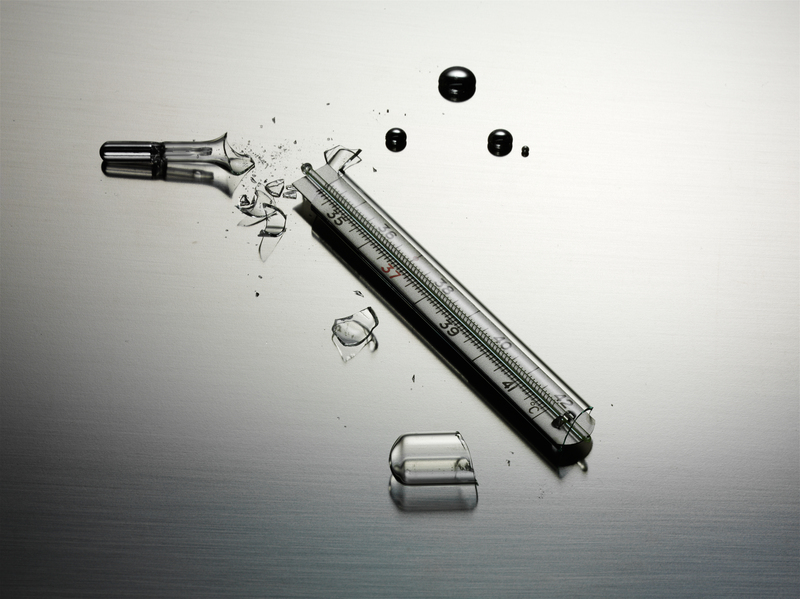Microplastic Crisis: Are We Equipped to Stop It?
The microplastic crisis has become a significant environmental challenge of the 21st century. These tiny particles, smaller than 5mm, are not only polluting our oceans but are also finding their way into our food, water, and even the air we breathe. As the impact of microplastics becomes increasingly evident, the pressing question arises: Are we equipped to halt this growing menace?
Understanding Microplastics
Microplastics are small plastic pieces that can originate from various sources. They are often categorized into two types:
- Primary microplastics: These are plastics originally manufactured in tiny sizes, like microbeads used in cosmetics and personal care products.
- Secondary microplastics: These result from the breakdown of larger plastic items, such as bags and bottles, often due to environmental factors like sunlight exposure or ocean currents.
Environmental Impact of Microplastics
The environmental impact of these microplastics is profound. They have infiltrated aquatic ecosystems, harming marine life. Fish, seabirds, and even mammals mistakenly consume microplastics, which can lead to internal injuries, chemical exposure, and often death. Moreover, these plastics can absorb and concentrate toxic pollutants, further endangering wildlife.
Human Exposure to Microplastics
It's not just marine creatures that are affected. Microplastics pose a risk to human health as well. They are found in the seafood we consume, and recent studies have uncovered their presence in bottled and even tap water. The long-term health effects are still uncertain, but there is growing concern over potential impacts on human health.

Efforts to Combat the Crisis
International Initiatives and Legislation
Governments and environmental organizations worldwide are waking up to the severity of the microplastic problem. Many have started to implement policies aimed at reducing plastic production and improving waste management. Europe, for instance, has been at the forefront with its Single-Use Plastics Directive, which bans or restricts products known to contribute significantly to marine litter.
Innovative Technologies and Solutions
One promising avenue to tackle microplastics is through innovative technologies. For example:
- Advanced filtration systems are being developed to capture microplastics at wastewater treatment plants before they reach oceans.
- New biodegradable plastics, which decompose more rapidly than traditional plastics, are being tested.
- Robotics and artificial intelligence are being utilized to detect and clean up microplastics from marine and terrestrial environments.
The Role of Corporations
Many corporations are playing a role in addressing the microplastic crisis. Companies are investing in research and development to create more sustainable products. By focusing on reducing plastic use in packaging and manufacturing, businesses can significantly minimize their environmental footprint.

Individual Actions to Mitigate Microplastic Pollution
Individuals can also contribute to the solution by adopting everyday habits that reduce plastic waste. Here are some actions you can take:
- Use reusable bags, bottles, and containers instead of single-use plastics.
- Choose products that use less or no plastic packaging.
- Participate in or support clean-up initiatives in your local community.
- Support brands and companies that prioritize sustainability.
Educating and Raising Awareness
Awareness and education play a critical role in combating microplastic pollution. By spreading information through schools, social media, and community programs, we can create a broader understanding of the issue and mobilize more individuals and organizations to take action.
Are We Truly Equipped to Stop the Microplastic Crisis?
The journey to addressing the microplastic crisis is an ongoing challenge that requires a multi-dimensional approach. While significant strides are being made, there is much more to do. International cooperation, technological advancements, corporate responsibility, and individual actions combined are our best tools to combat this crisis.
Ultimately, whether we are equipped to stop the microplastic crisis depends on our collective will to implement effective solutions and change societal behaviors.
The time to act is now, and with continued effort and collaboration, there is hope that we can tackle this pressing environmental issue for the health of our planet and future generations.